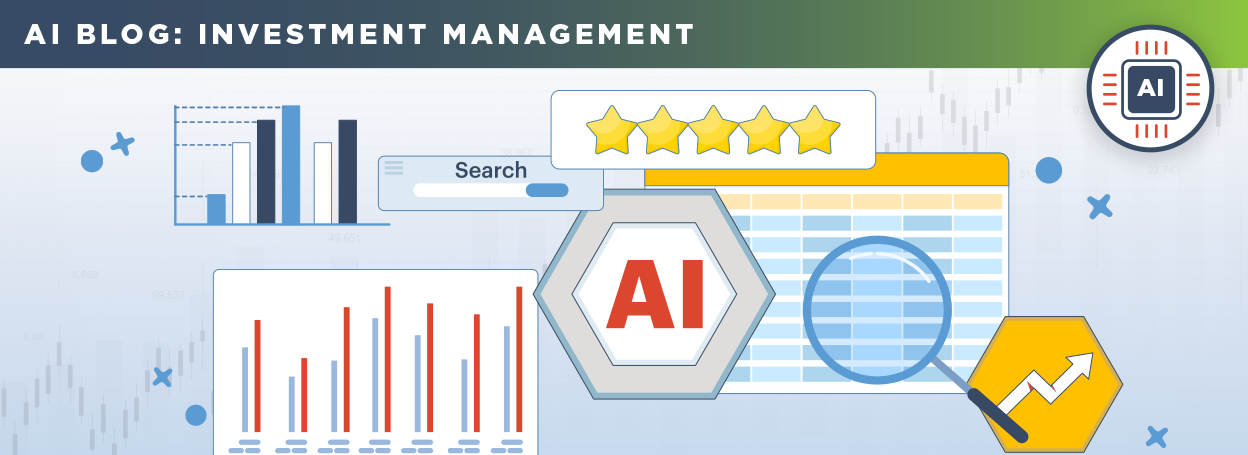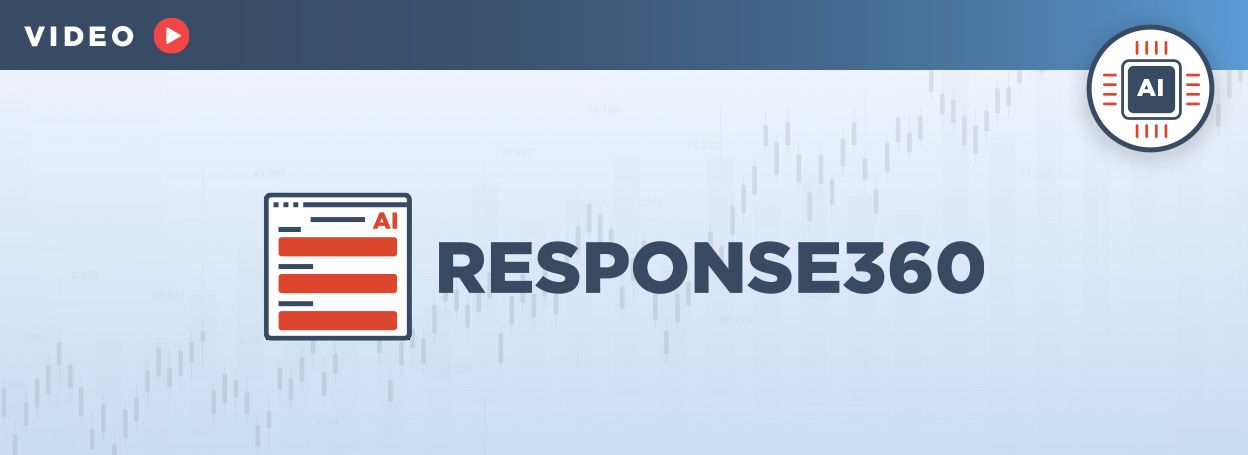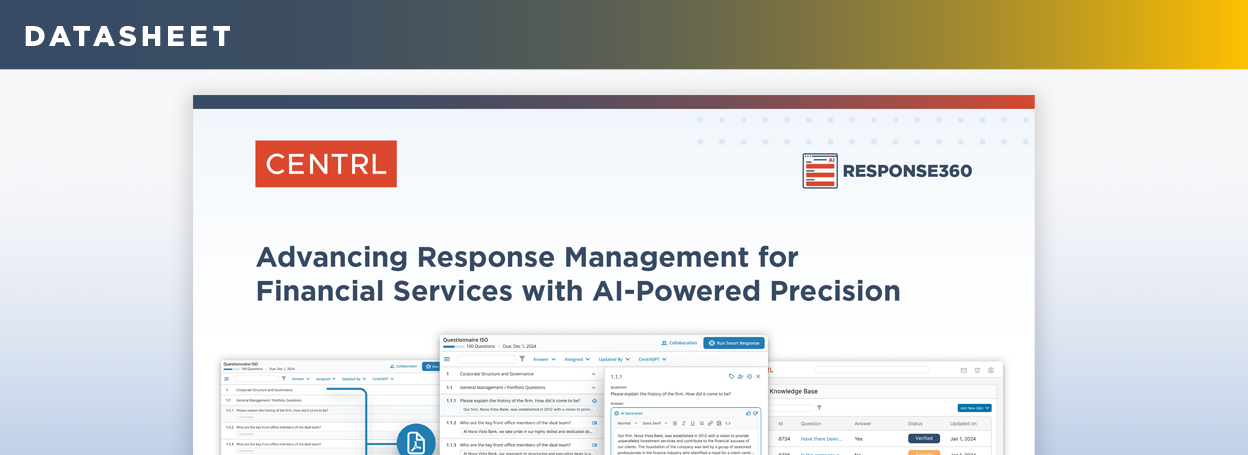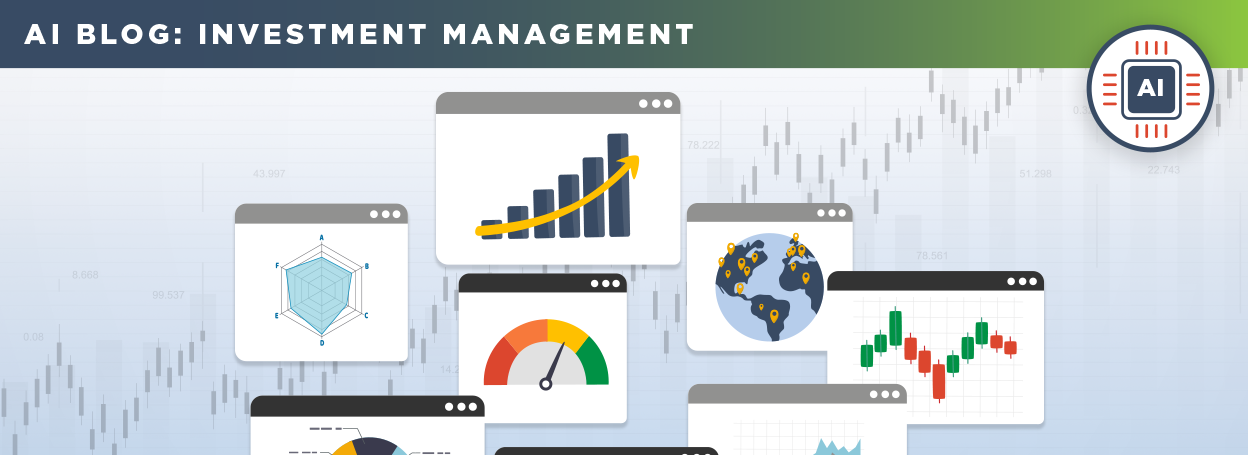Reimagining Due Diligence: Benefits of Using AI to Create Best-in-Class Investment Reports

Reimagining Due Diligence: Benefits of Using AI to Create Best-in-Class Investment Reports
Asset allocators evaluate managers and funds through a rigorous due diligence process to assess various risks before making investment decisions. This involves gathering information from managers, verifying operational and financial risks, and compiling findings into a structured report for the investment committee. While this step is critical, it remains highly manual, time-consuming, and inconsistent across firms.
The Challenges of Manual Report Generation
Due diligence teams rely on a labor-intensive approach to compile reports. One of the biggest challenges is collecting and analyzing data from multiple sources. Fund managers submit documents in different formats, requiring analysts to sift through financial statements, compliance reports, operational policies, and regulatory filings to extract relevant insights. This unstructured data makes it difficult to compare managers on an apples-to-apples basis. Additionally, key data points may be scattered across emails, questionnaires, and third-party reports, leading to inefficiencies and potential gaps in risk analysis.
Another challenge is verifying the accuracy of the information provided. Managers often present polished narratives, and without independent validation, allocators may overlook hidden risks such as weak internal controls, conflicts of interest, or financial instability. Some risks, particularly qualitative ones like governance or firm culture, are subjective and difficult to measure consistently. Regulatory complexities add another layer of difficulty, as managers operate in different jurisdictions with varying compliance standards.
Finally, once the due diligence work is complete, teams must compile their findings into a structured report for the investment committee. Striking the right balance between depth and clarity is difficult—too much detail can overwhelm decision-makers, while oversimplification can lead to missed risks. Comparing managers across different structures and transparency levels further complicates the process, making it challenging to provide clear, data-driven recommendations.
AI-Powered Due Diligence: A New Approach
Due diligence reports across the industry typically follow a structured format, beginning with a summary of the manager and fund, followed by a breakdown of key risk domains such as governance, compliance, financial stability, and operational controls. Within each domain, analysts assess specific risk areas, such as valuation policies, cybersecurity measures, or business continuity planning. The most critical section of the report presents key findings, highlighting facts, risks, and recommendations to guide investment decisions.
Traditionally, compiling these reports requires significant manual effort. AI-powered report generation transforms this process by automating data extraction, analysis, and structuring. The AI reviews all submitted documents, questionnaires, and third-party data sources, identifying key insights and discrepancies. Instead of manually sorting through hundreds of pages, analysts receive a structured draft that highlights potential risks and areas requiring further review.
AI also improves the consistency of risk assessments. By standardizing how data is analyzed and compared across managers, it eliminates variability in reporting, making it easier to benchmark funds side by side. Additionally, AI can detect patterns and flag missing or inconsistent information that might indicate hidden risks.
Once the AI-generated report is created, analysts can refine it by adding firm-specific insights and context before finalizing it for the investment committee. This not only accelerates the reporting process but also ensures that committees receive clearer, more actionable insights without being overwhelmed by excessive detail.
The Benefits of AI-Generated Reports
By automating key parts of the due diligence process, AI significantly reduces the time required to generate reports—from weeks to hours. This allows teams to focus on higher-value analysis rather than spending time compiling data.
AI also enhances transparency and comparability. With structured, standardized reporting, asset allocators can make more informed decisions by easily comparing managers and funds. Hidden risks are more likely to be uncovered as AI identifies inconsistencies and gaps that might go unnoticed in manual reviews.
Perhaps most importantly, AI improves communication with investment committees. Reports generated with AI provide a balance between detail and clarity, ensuring that key risks and recommendations are clearly articulated. This leads to better-informed decision-making and a more efficient due diligence process.
Setting a New Standard for Due Diligence
AI-powered report generation is not just a time-saver—it is a fundamental shift in how manager due diligence is conducted. By reducing manual effort, improving consistency, and enhancing risk detection, AI enables asset allocators to make more informed investment decisions with greater confidence.


